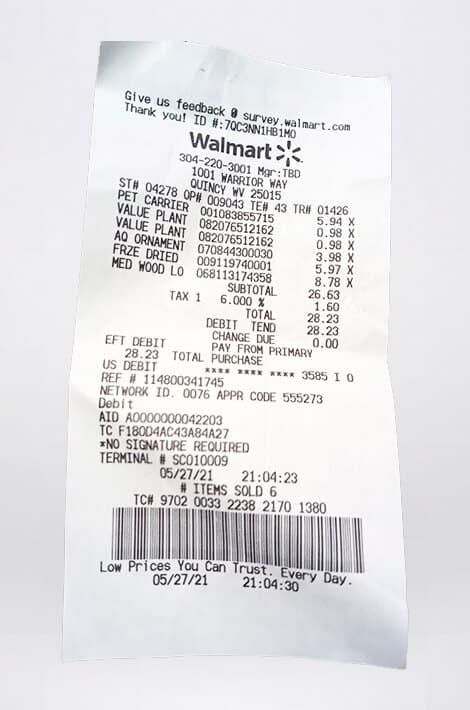Last Updated on May 21, 2025
More and more businesses are switching to the cloud – and it’s not hard to see why! It’s been documented that healthcare companies spend nearly 75% of their IT budgets on maintaining internal systems – and that’s just one sector and one benefit of switching to the cloud.
It’s not uncommon for companies to underestimate the cost of setting up and maintaining their IT systems. Most believe that the upfront price of software is all-inclusive. Failing to anticipate the ongoing ownership costs, support, hardware etcetera is all too common.
Switching to the cloud enables companies to only pay for the resources they use, whilst taking advantage of the scalability and superior functionality of cloud computing. However, it’s not all about costs. Some companies still approach cloud computing tentatively, unconvinced by the robustness of the security ecosystem.
Cloud Data Security
Simply stated, cloud computing is indicative of the evolution of commercial IT operations. Any concerns can be quickly dispelled once you fully understand the technology’s capability. It’s that simple.
So, let’s look at this hot-button issue. Here’s how you can optimise the security of your cloud data, whether you’re saving receipt capture expenses or corporate documentation and keep the data away from prying eyes.
The Tiers of Cloud-Based Software
In case you’re unaware, there are three tiers of cloud-based software. Your data, such as any OCR receipt images will be remotely stored – usually on servers stored in buildings. These servers are manned 24/7. The three tiers of cloud-based software are:
- Online connected networks, for example Microsoft and Google
- Consumer clouds, for example LinkedIn and Twitter
- Individual and company-owned clouds
Cloud computing is one of the most secure methods of data storage. Data is not affected when a desktop or laptop computer crashes. All data is end-to-end encrypted. The cloud provides peace of mind for the 77% of professionals who believe that their commercial data, be it OCR receipt documents or commercial accounts, is at risk of being hacked.
Want to learn more about how you can fully optimise your cloud data and secure your assets against intrusion? Read on.
Complete In-House Training
Commercial training is an investment in the future. This is no clearer than when training employees to become fully conversant with cloud computing. With digital data, such as expenses and accounts being continuously created every single month, safeguarding pertinent and sensitive data is imperative.
Look at it this way, you wouldn’t let employees operate heavy-duty machinery or drive cross-country in a semi-trailer without the appropriate training and licenses, would you? Navigating the digital landscape is no different. Every single time that you open your laptop or unlock your smartphone, you’re accessing data – data that can be breached with the wrong processes.
Communicate clearly and concisely why you are asking employees to complete in-house training and then train everyone! It’s also a good idea to have a strategic plan in place, should you ever encounter a data breach.
Make Sure Your Passwords are Strong
We all use passwords every day to reach our data, but have you ever sat down and considered just how strong your passwords are? It’s important to strike a balance between creating a password that you can easily remember with set characters and letters or having a gobbledegook password which you won’t remember on a month of Sunday’s.
Passwords are the front-line defence of online data. This is no truer than of receipt capture expenses and commercial documentation stored on the cloud. The cloud does promise decisively security, but don’t you want that enhance peace of mind knowing your data is password protected.
Unsure how to achieve the best password? Follow these steps:
- Avoid using easy-to-guess words, like ‘Password’
- Use eight characters or more and include a mixture of upper and lowercase characters
- Use different passwords on different systems
- Never write your password down or give it to a party you don’t wholly trust
- Don’t email or IM a password to a party you don’t wholly trust
- Don’t change your password to something obvious, ie sticking a reoccurring number after a word
Follow these easy steps and you’ll have a password that will keep your data safe and secure.
Perform an Audit of the Cloud Provider
The final process to help you fully optimise the security of your cloud data is one that every business should complete – an internal audit of the software. Before committing to a cloud-based application, you need to find out how trustworthy they are.
In almost all cases, cloud providers will exemplify integrity and transparency, instil confidence in users. This is great and means that you have a choice of cloud providers. The decision of which provider to use them becomes one of personal preference.
However, it’s important to remember something. You wouldn’t buy a new iPhone before finding out the exacting capabilities and features of the operating system, would you? The same is true of a cloud provider. Make sure you have a thorough understanding of storage capabilities, cost and nay other factors that may influence your decision prior to making your final decision.
These are a handful of important questions you should be asking. Knowing these will give you peace of mind that and commercial documentation or OCR receipt data that you upload will be safe and secure.
Key questions to ask include, where is data stored? What is the protocol in the event of a breach? Is there a dedicated security team? How do you get in touch with a question? Only when each of these questions is answered with the utmost confidence can you then decide if the cloud provider is right for you.
These are the three questions that you should have a definite positive answer to when you want to optimise the security of your cloud data. How many can you confidently answer?
Tabscanner offers one of the most secure and privacy conscious receipt API solutions in the world. Used for loyalty schemes’ apps, expense management and more.



